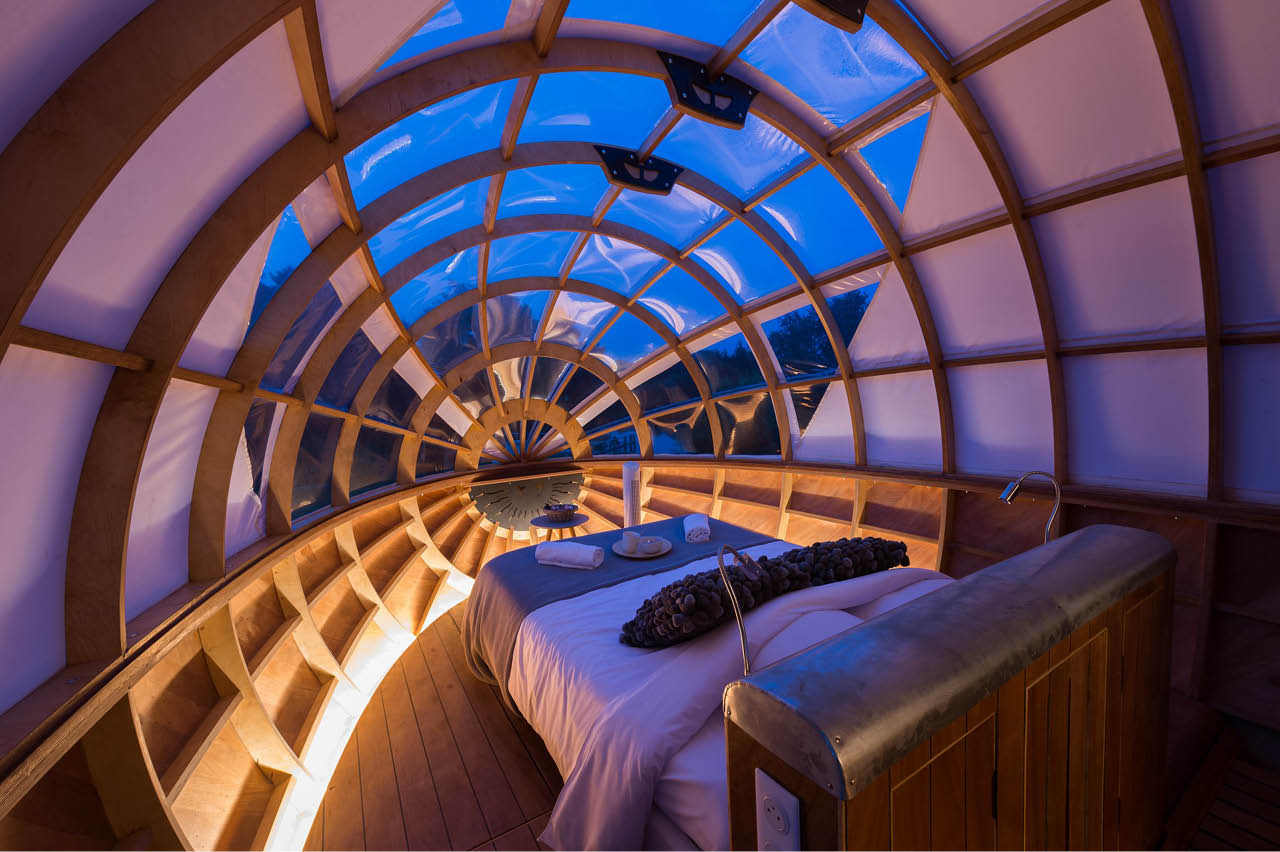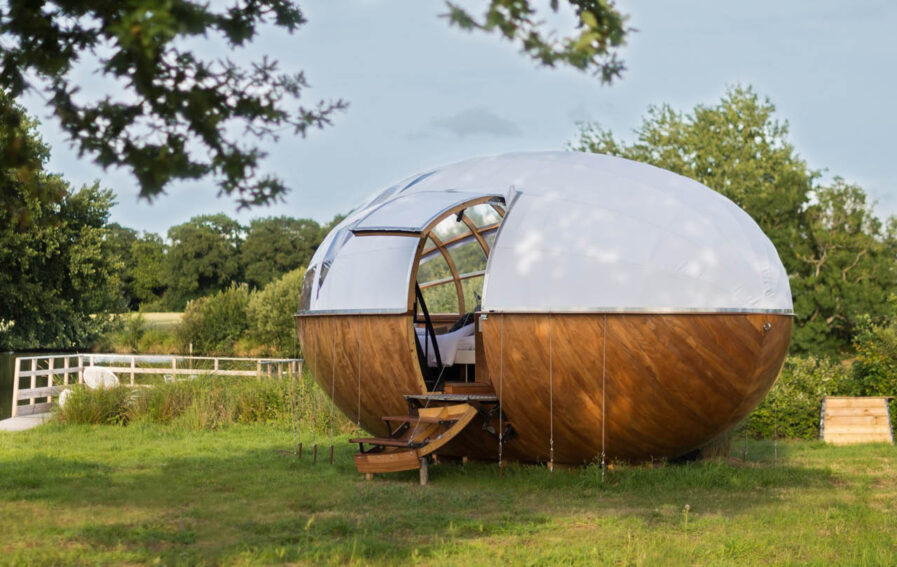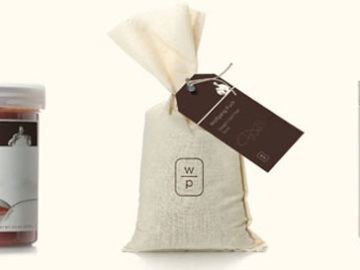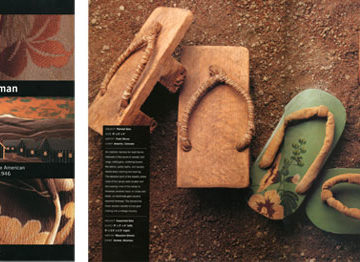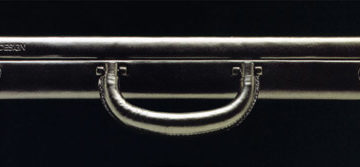Blurring the line between design and folklore, Mr. Plocq’s Caballon is an architectural curiosity born from the minds of Aurélie Poirrier, Igor Vassili Pouchkarevtch-Dragoche, and Vincent O’Connor. Reminding us of the late 60’s UFO-like Futuro Pods, it was inspired by a French folktale of flight and imagination. This glamping structure captures attention not with extravagance but with a thoughtful design rooted in the Golden Ratio.
From its organic wooden ribs to its subtle, shape-shifting lightscapes, the Caballon transforms day and night—from a grounded retreat to a vessel that feels ready to take flight. It’s a reminder that in the world of design, the most interesting stories often leave a little mystery behind.
By: Maxim Sorokopud
When the sunshine bounces from the oval wooden ribs within Mr. Plocq’s Caballon, anyone inside will surely be enthralled. Not only is the sight spellbinding to gaze at, but the transformation in the color of the ribs reveals what must have been the guiding light of the structure: the Golden Ratio. This clever detail proves that Mr. Plocq’s Caballon is the work of a team that prizes aesthetic quality above all else.
Naturally, the designers also made an effort to make the Caballon’s look just as engaging at all hours, both inside and outside. At night, LED strips within the flooring and a pair of unobtrusive gooseneck lights on either side of the bed provide warm illumination that subtly changes the ambiance of the cockpit depending on how the goosenecks are angled.
Yes, design documents refer to the bedroom space of the Caballon as a “cockpit,” revealing the initial spark that led to the structure’s existence. A story in France says that one Mr. Plocq constructed a vessel that he used in conjunction with thousands of birds to fly to Africa. The architects sought to visualize what this vessel would have looked like.
